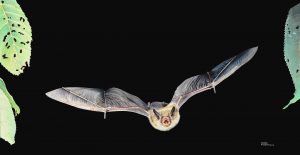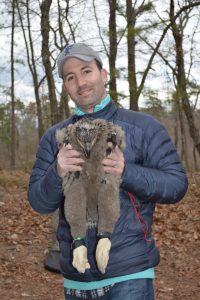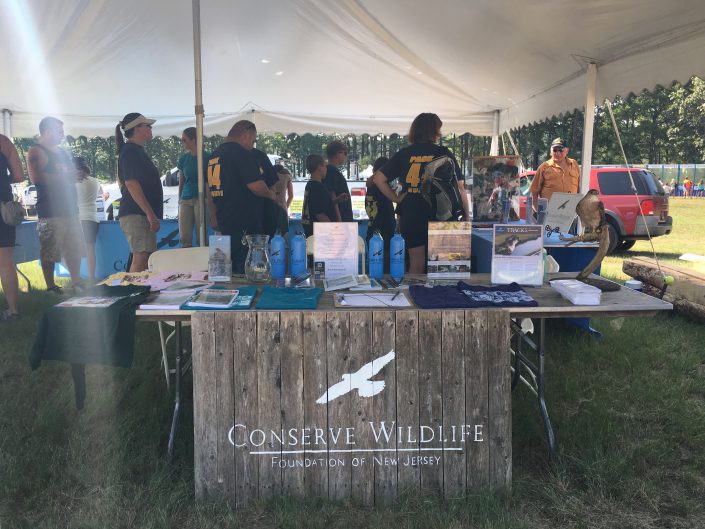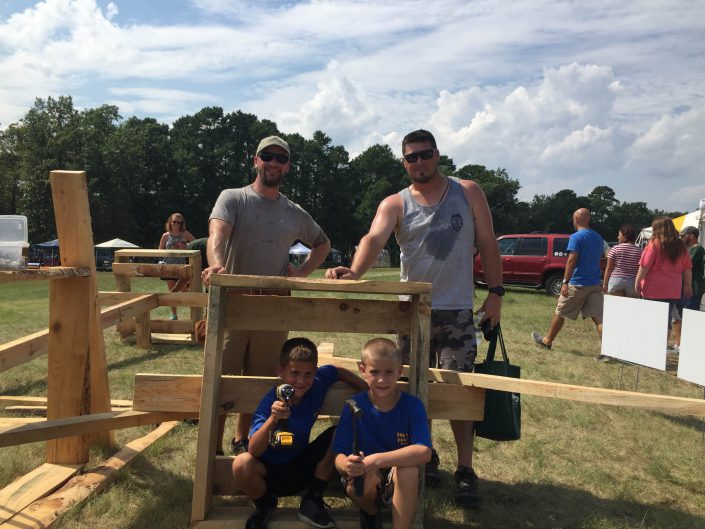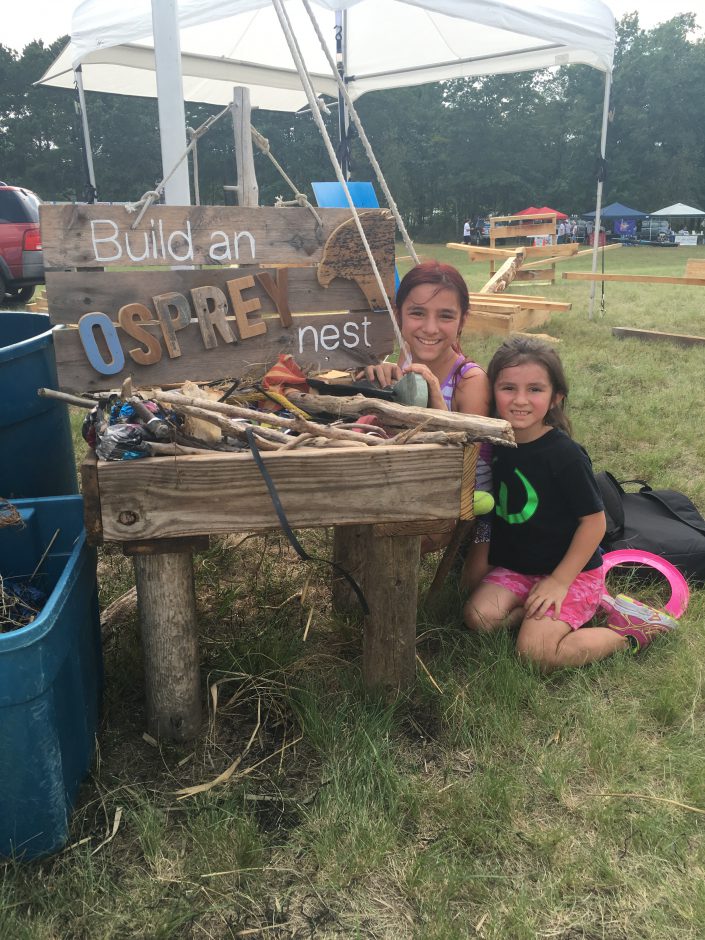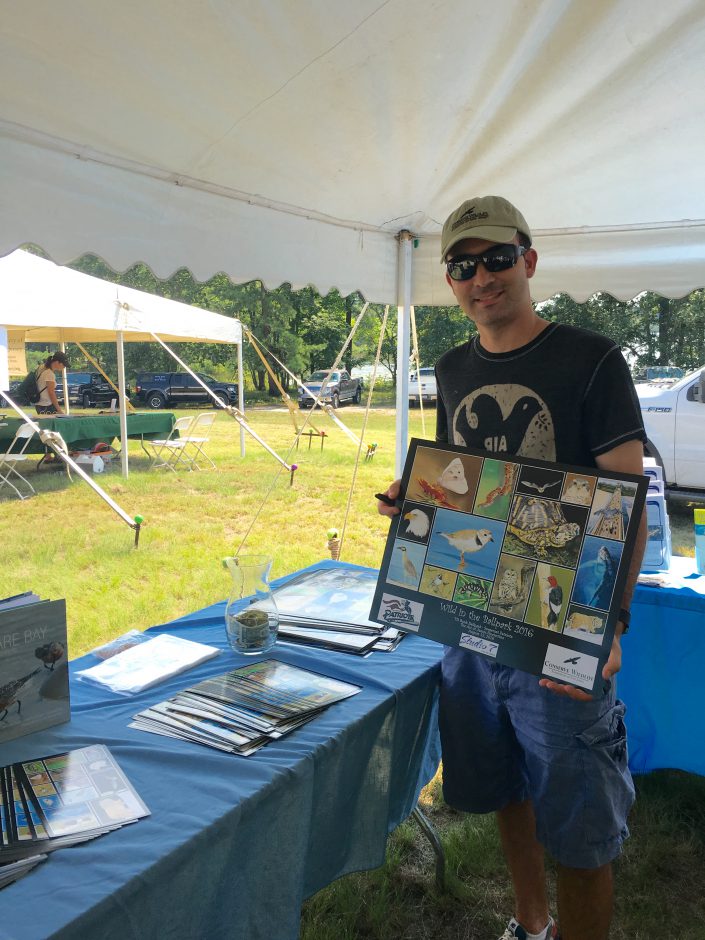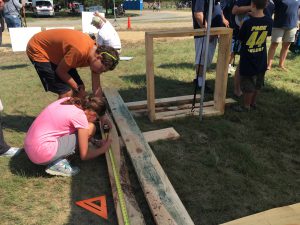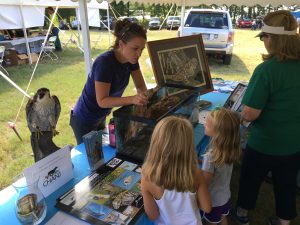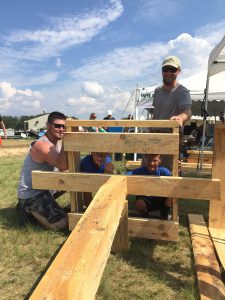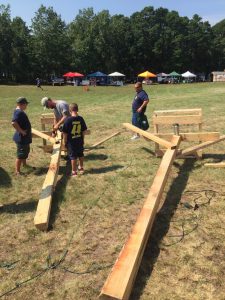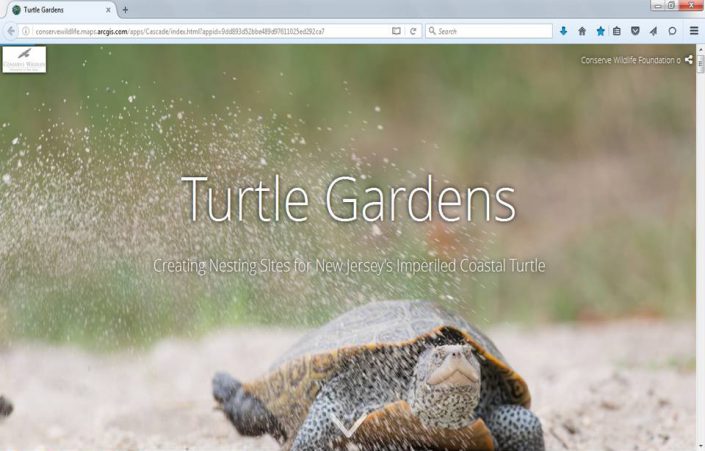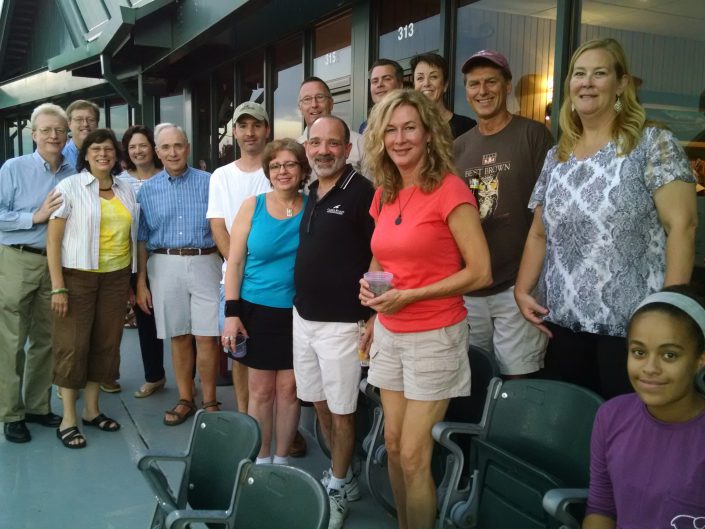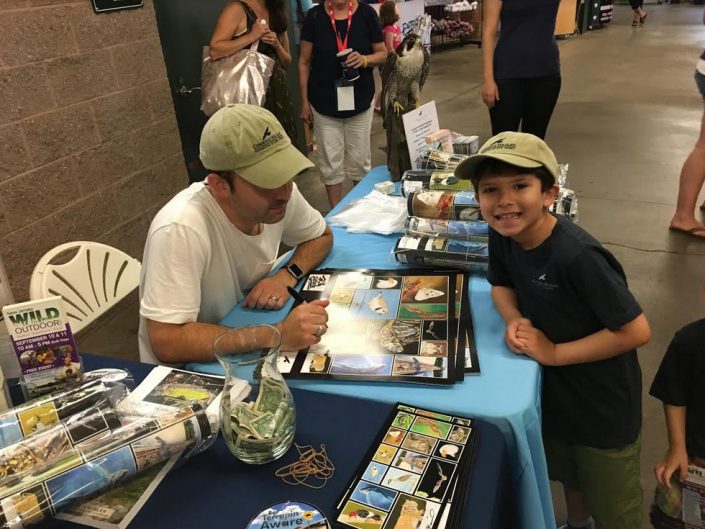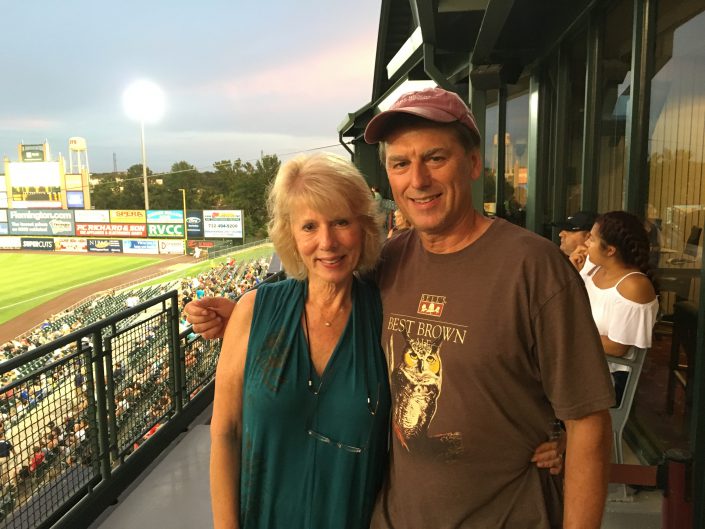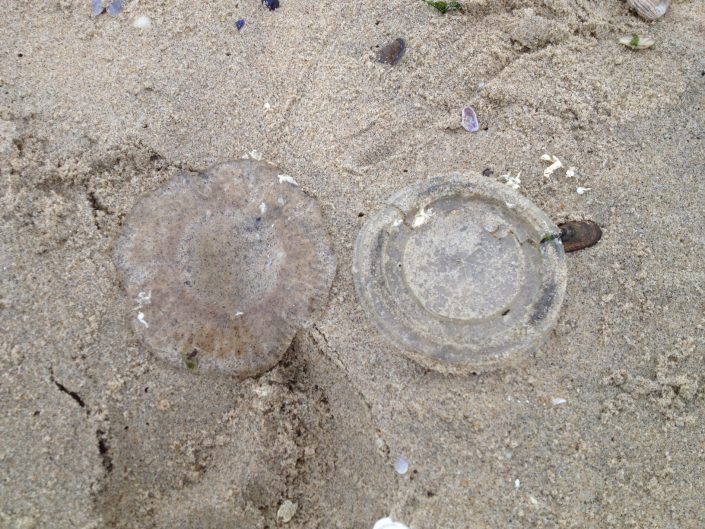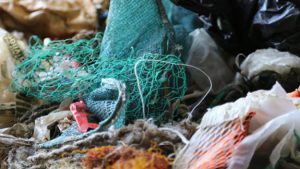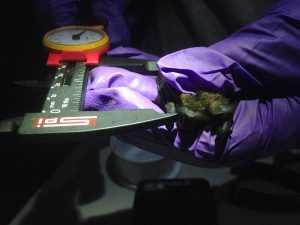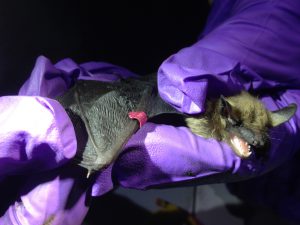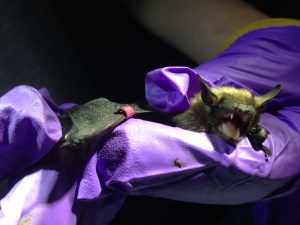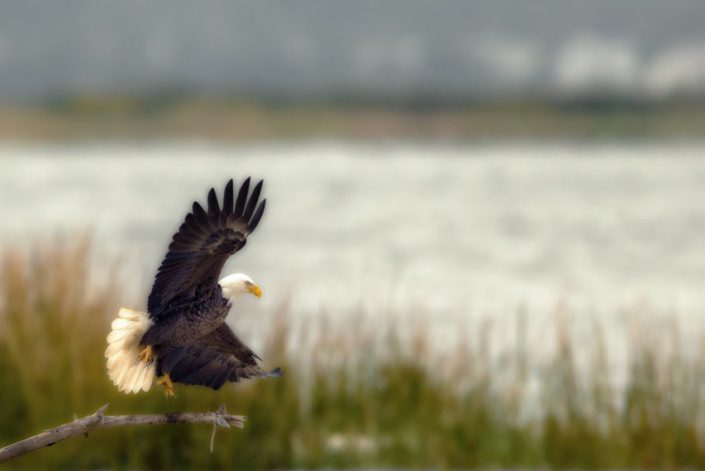Kids are Back in School – but Their Summer Wildlife Lessons Endure!
Conserve Wildlife Foundation brought three conservation-themed summer learning experiences to the New Jersey coast.
By: Kendall Miller
I went back to “camp” this summer, seeing schoolkids learn first-hand about wildlife and what biologists do. CWF offered three summer learning experiences for the first time, each with a different theme, content, and location.
Observing the kids’ excitement and enthusiasm for nature was uplifting, and I was also impressed with how knowledgeable they all were. Offering hands-on opportunities – to learn about wildlife while experiencing these habitats – is so important in fostering an appreciation in the younger generations.
“Education is a major goal of CWF’s mission. Through project-based, experiential learning, we hope that camps like these leave impressions with children,” said CWF Director of Education Stephanie DAlessio, who developed the new program. “While we are out having fun, we are also learning about the importance of protecting and preserving wildlife and their habitats in New Jersey.”
This summer was a great start, and CWF is excited for the years to come!
Bayshore Adventure at Leonardo Marina
Seining, special wildlife guests and sandcastles along the Raritan Bayshore!
Located in the harbor, across from Sandy Hook, noisy terns and gulls fight over their catches as kids arrive in the morning to spend the part of their day learning about the bayshore environment. Sunny, sand-filled learning about marine and coastal wildlife and habitats, seining for coastal creatures, mini-science activities and special guests were balanced with a healthy dose of wiffleball games and sandcastle-building contests.
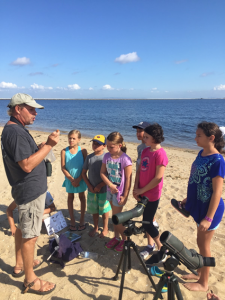

Wildlife Explorer Program at Duke Farms
Raptors, art and orchids on a North Jersey nature oasis!
Set in the lovely Duke Farms in Hillsborough, every day of this week-long camp was a new and exciting experience featuring different types of wildlife! Kids spent time exploring the grounds at Duke, played games and explored their creativity through art projects alongside famed artist James Fiorentino, met real life biologists and best of all – got up close and personal with all kinds of raptors (like the red-tailed hawk below), amphibians and reptiles. These memorable experiences will hopefully cement in their minds the importance of being stewards to their environment.
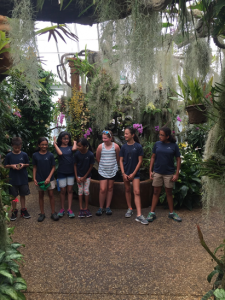
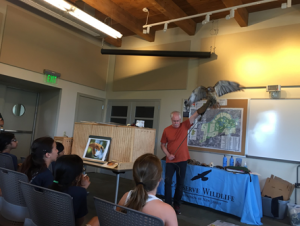
Beach.Birds.Biology
A day afield with a beach nesting birds biologist!
Shorebird biologists know the importance of educating people about the plight of beach nesting birds in New Jersey, who rely on the beaches that people flock to in the summertime. So on three different occasions, parents signed their kids up to spend a day on the beach learning about these birds with CWF biologist, Emily Heiser – like the piping plover, American oystercatcher, black skimmer and least tern. Kids got to practice being wildlife biologists. They used spotting scopes to read tags on decoy birds and searched for camouflaged eggs in the sand. The day was also filled with games, beach scavenger hunts, and a fun poster drawing project to be put on display.
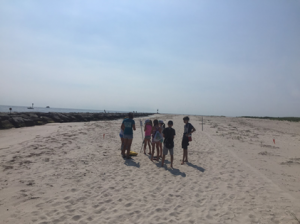

For more information about these educational programs, please visit our website at www.ConserveWildlifeNJ.org , or contact our Director of Education Stephanie DAlessio at (609) 292-9451.
Kendall Miller is a Program Coordinator at Conserve Wildlife Foundation.
